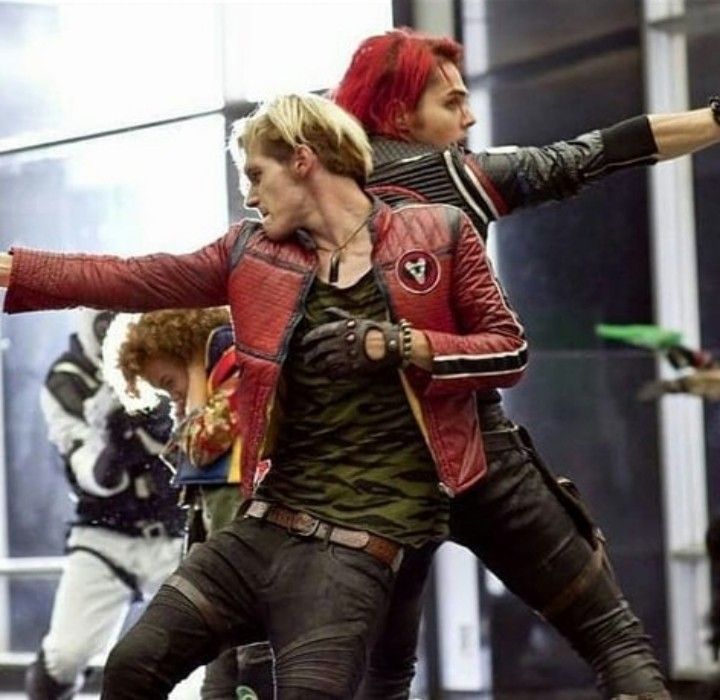C4 - Chemical Calculations
Cards (32)
- Conservation of mass
- Atoms cannot be created or destroyed in a chemical reaction
- All the atoms present in the reactants must be present in the products
- If the mass of products seems to be less than the reactants, it normally because one of the products is a gas lost to the surroundings
- If the mass of products seems to be greater than one of the reactants, it is normally because one of the reactants is a gas
- (s)solid
- (l)liquid
- (g)gas
- (aq)aqueous (dissolved in water)
- Mrthe sum of the relative atomic masses of each atom in the formula
- Avogadro's constant
- 6.02 x 10^23
- The number of atoms in one mole of a substance
- moles = mass/Mr
- A balanced symbol equation shows the ratios of the reactants and products in a chemical reaction
- How to calculate mass of a product from a given mass of reactant:
- balance the symbol equation
- calculate the moles of the given mass (moles = mass/Mr)
- using the balanced equation, work out the number of moles of the unknown subatnce (ratio)
- calculate the mass of the unknown substance (mass = moles x Mr)
- How to balance an equation:
- work out the Mr of all the substances
- calculate the number of moles of each substance in the reaction (moles = mass/Mr)
- convert to a whole number ratio
- balance the symbol equation
- One of the reactants in a reaction will run out before the others
- The one that runs out is the limiting reactant
- The reactants left over are in excess
- How to work out which reactants are in excess and which is the limiting reactant:
- write the balanced symbol equation for the reaction
- pick one of the reactants and its quantity as given in the equation
- use the ratio of the reactants in the balanced equation to see how much of the other reactant is needed
- compare this to the quantity given in the question
- determine which reactant is in excss and which is limiting
- Concentration
- the amount of solute in a given volume of solvent
- g/dm^3
- Concentration (g/dm^3) = mass (g)/volume (dm^3)
- volume (dm^3) = volume (cm^3)/1000
- lots of solute in little solution = high concentration
- little solute in lots of concentration = low concentration
- Theoretical yield - the maximum mass of a product expected to be produced
- The products of a reaction may be less than the theoretical yield because:
- some of the product is lost when it is separated from the reaction mixture
- side reactions took place between reactants that produced different products
- the reaction is reversible
- The theoretical yield can be worked out by balancing the equation and working out the mass of the products (moles x Mr)
- Yield - the amount of product actually produced in a chemical reaction
- Percentage yield:
- The actual yield as a proportion of the theoretical yield
- (actual yield/theoretical yield) x 100
- Atom economy
- the proportion of aoms that you started with that are part of useful products
- higher atom economies are more sustainable, since fewer atoms are being wasted in atoms products that are not useful
- (Mr of useful products/Mr of all products) x 100
- At any given temperature and pressure, the same number of moles of a gas will occupy the same volume
- At room temperature and pressure, one mole of any gas will occupy 24dm^3
- To calculate the number of moles of a gas:
- volume (dm^3)/24
- volume (cm^3)/24,000
- concentration (mol/dm^3) = moles in the solute/volume of solution (dm^3)
- Titration - an experimental technique to work out the concentration of an unknown solution in the reaction between an acid and an alkali
- Titration method:
- use a pipette to extract a known volume of the solution with the unknown concentration
- a pipette measures a fixed volume only
- add the solution to a conical flask, and place on a white tile
- add a few drops of indicator to the flask
- add the other solution with a known concentration to the burette
- add the solution in the burette to the flask drop by drop until the end point is reached
- the end point is when the indicator just changes colour
- record the volume of the end point
- repeat until you record at least two concordant titres, and calculate the mean
- Concordant titres
- Titres - the volume of solution added from the burette
- Concordant - titres within 0.1 cm^3 of each other
- Calculating concentration from titration
- Write a balanced symbol equation for the reaction
- Calculate the moles used from the known solution (concentration x volume)
- Use the ratio from the balanced symbol equation to find the moles present in the unknown solution
- Calculate the concentration of the unknown solution (moles/volume)
